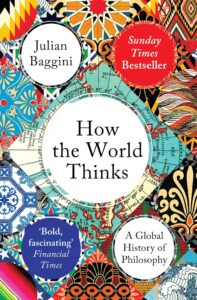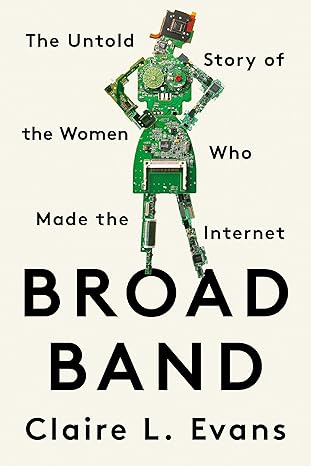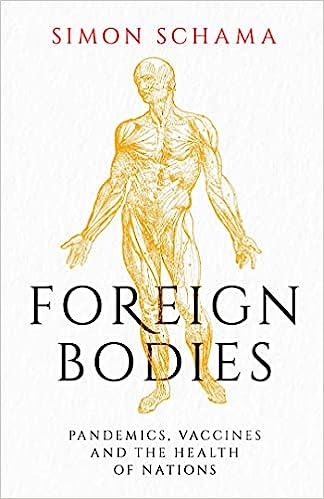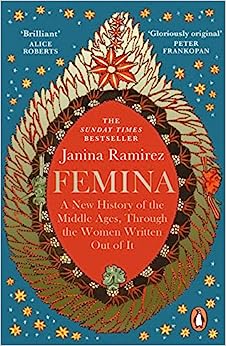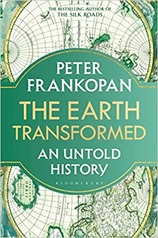Whilst economising during a period without work I thought I would turn to other books in the house to read and review. This is how I came to How the World Thinks: A Global History of Philosophy by Julian Baggini. This is not to say I am uninterested in philosophy but, as a scientist in the Western tradition, philosophy was a substrate on which I worked without thinking.
How the World Thinks aims to provide an outline of the major schools of philosophy around the world, Baggini alludes to the fact that in the Western world university philosophy departments are more accurately described as “Western philosophy” departments. Comparative philosophy, apparently, is not really a thing. Baggini also talks about how “academic” philosophy impacts the culture in which it sits – a process called sedimentation. Baggini cites the 5rd-3th centuries BCE as when the major philosophical traditions were born (know as the Axial Age), when understanding of the world started moving from myth to some sort of reason.
How the World Thinks is divided into four parts and an additional concluding part; these cover the nature of philosophy in different traditions, the nature of the world, who we are and how philosophy impacts the way we live. The text typically covers Far Eastern traditions (China and Japan), India, Islamic and Western traditions with some references to African philosophy. Rather strangely he mentions Russian philosophy in the final part, only to say really he hasn’t mentioned Russian philosophy!
Western philosophy is built around “reason” and nowadays is largely separate from theology, there are empiricist and rationalist schools within this. Empiricists believing on observing the world and building models based on observation, whilst rationalist believe the world can be understood with pure thought. East Asian philosophy is more concerned with a “way” of living in the world which is difficult if not impossible to explain in words. Indian philosophy lies between these two. Interestingly yoga is part of a philosophical tradition which sees it as a way of better seeing how the world really is.
The next part of the book concerns the processes that govern the world: time, karma, emptiness, naturalism, unity, and reductionism. Karma is a particularly Indian concept, and is linked by Baggini to the caste system which DNA evidence dates back to the 6th century AD. East Asian philosophy is more concerned with emptiness / nothingness then Western philosophy – it struck me reading The First Astronomers that Australian Aboriginal constellations include the absence of stars into their constellations. Naturalism, a regard for nature which links the natural world to the human, is stronger in East Asian philosophies – Chinese art incorporated natural scenes long before Western art. Islamic philosophy is strong on unity, whilst Western philosophy likes reductionism.
Part 3 concerns the self, contrasting the East Asian view of the self which is defined in relationship to others, similarly in Africa, with the indivisible, individualistic self of the West. There is even the idea that the self does not exist, as such. Baggini refers to the indivisible self as “atomistic” which harks back to the ancient Greek definition but for a modern scientist this is a bit confusing because an atom is a very different thing. Indian philosophy thinks in terms of a self that is reborn but need not hold any recollection of previous selves. Perhaps not made explicit in this part but one gets the feeling that other philosophies have a strong sense of being concerned with individual self-improvement, by acting in the right way, leading the right life one improves through each rebirth.
The final part of the book concerns how the world lives, how the philosophy discussed in earlier chapters is reflected in culture. This starts with a consideration of the idea of “harmony” in China, this can have elements of hierarchy and misogyny. Although Baggini highlights that it is understood that hierarchy is not bad in all cases, or even most. There is a chapter on “virtue” which as much as anything highlights that the meanings of words when translated can shift. We might think about the importance of “ritual” in Far Eastern cultures but equally we could call it “cultural grammar” which has different connotations in English .
I found How the World Thinks straightforward enough to read, the chapters are a convenient size and the style is readable. It also thought provoking, in that it challenges the deepest assumptions about the way I lead my intellectual life – in some ways it parallels The First Astronomers by Duane Hamacher in this respect.

